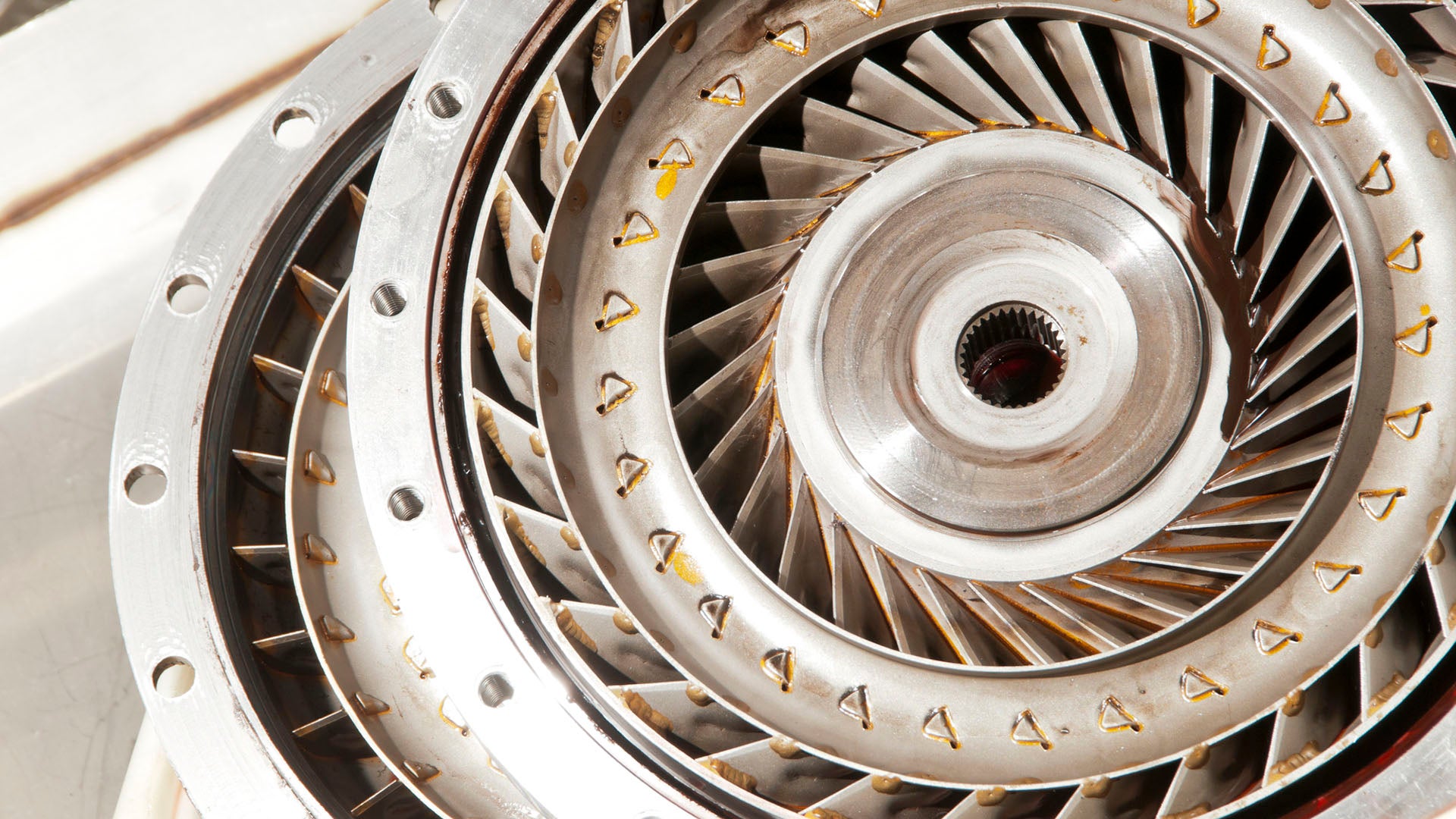If you’re a car lover the phrase “torque converter” is likely not unfamiliar to you. Torque converters play an important function in the field of automotive engineering. They’re particularly crucial for automated transmission systems. They ensure the that your vehicle runs smoothly, facilitate power transmission and contribute to a comfortable driving experience. This guide will unravel the internal workings of torque converters to reveal their crucial role in automotive technology.
Knowing the Torque Converter
A torque converter is at its core a fluid coupling for automatic transmissions. Its primary function is to transfer power generated by an engine into the transmission. The transmission then drives the wheels. This system runs smoothly inside the gearbox that is automatic, and connects the gap between wheel movement and the engine’s power.

Components that are in play The torque converter is a system made up of three elements that are the impeller (or turbine) along with the stator and the stator. They work in tandem to enable the conversion of torque and power.
Breaking down the Mechanism
The mechanics of the construction of a torque converter are complicated and intricate, with intricate interactions that produce an efficient power transmission
Impeller Initiation : When the engine is running, it initiates the process by spinning the impeller. The impeller is akin to the shape of a fan, and is used to transfer transmission fluid through the converter. As the impeller moves, it creates an flow of fluid that hits the turbine blades.
Turbine Response The turbine, that is attached to the shaft of the transmission’s input, is activated by the fluid’s impact from the impeller. The impeller is able to move the fluid, which activates the turbine. It rotates at a rate that is proportional to that of the impeller. The turbine generates power through using kinetic energy.
The Role of the Stator: Enhancing Efficiency
The stator is one of the principal components in the process of making a torque converter. Positioned between the impeller and the turbine, the stator has an essential role in improving the effectiveness of the power transmission process:
Fluid Redirecting System The stator redirects fluid flow between impeller and turbine. This is important for optimizing torque and ensuring smooth power transfer. The stator regulates the flow of fluid which results in a smooth and well-balanced operation. For more information, click whats a torque converter
The Significance of Torque Converters in Driving
The torque converter is an essential element of the driving experience.
1 Smooth Transitions – The structure and mechanics of a torque converter help to create an easy transition between gears in automatic transmissions. The torque converters that use fluid coupling do not need manual engagement of the clutch. This allows for seamless shifts without interruption to power flow.
2. Prevention of Stalling and Idling Torque converters also play a function in preventing engine stalls and other idling issues. The fluid coupling can let to let the engine run even if the vehicle has stopped. The fluid coupling makes sure that the engine is running at a constant speed, and does not require the driver to engage the clutch manually after the vehicle has stopped.
3. Power Delivery and Efficiency: Through optimizing power transfer and torque output the torque converters help to provide effective power delivery. This improves your driving experience because it gives you the power to control your cruise speed or acceleration.
Torque converters are a complex set of mechanical components which form the heart of automated transmission systems. The fluid coupling mechanism, created by the impellers, turbines and stators, ensures an efficient transfer of power from the engine and transmission and then on to wheels. This transmission is efficient and allows for smoother gear change, preventing the engine from stalling or idle, and improving the overall efficiency of the driving.
Understanding the role of torque converters is vital to car enthusiasts and engineers. They are a perfect combination of fluid dynamics and engineering and work tirelessly to ensure that every drive is smooth and effective experience. The torque converter is a key component of automotive technology even as it continues to improve. It is an example of how mechanics and functions can work in tandem.


